Almost everyone envisions a cauldron in their mind. You know it well, it’s a large metal pot or kettle resting on three legs, with a curved handle for lifting. In ancient times, it served as a cooking tool. However, the advent of industrialization has rendered its practical use obsolete.
Yet, for Wiccans, the cauldron remains a vital element on the altar of those who worship the Goddess. The cauldron embodies the feminine energy with its womb-like form. It also signifies rebirth. Placed on the altar, a cauldron can contain various items, including water, which makes it a symbol of the water element in many rituals.
The cauldron is essential for a witch when performing spells and rituals. It holds important items such as herbs and incense. The cauldron serves as the space where a witch concocts potions and herbal mixtures.
Next time you engage in a ritual that involves burning something, create a circle and position a cauldron in the center. Its presence will amplify the power of your ritual significantly.
Celtic Connection
Celtic Brass Cauldron from the Moonlight Shop
The cauldron symbolizes the Goddess Cerridwen in Celtic lore. Renowned for her prophetic abilities, she serves as the guardian of cauldron wisdom and is an inspiration from the underworld.
Warriors would place the remains of their fallen comrades inside a cauldron to resurrect them. These warriors would return to life and engage in further battles until the moment came for them to enter the cauldron once more.
Using The Cauldron
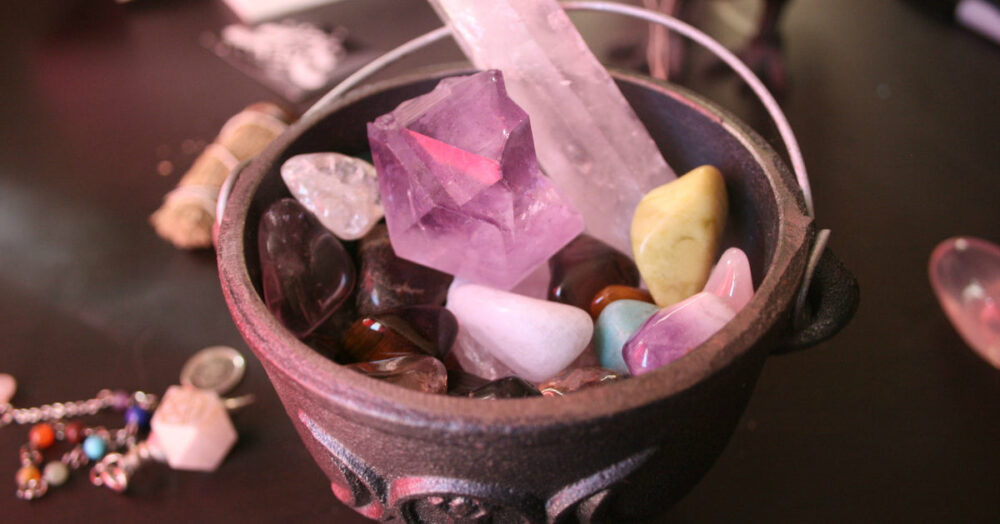
Cauldrons typically are crafted from cast iron or pottery clay. They can contain a range of items including water, crystals, stones, candles, or incense sticks. Their function extends beyond merely holding items; a cauldron can also serve as a hub for various activities. Thus, mix your herbs and incense within, and ignite them using charcoal tablets.
Safety Warning: If burning substances in your cauldron, be mindful that it can become extremely hot, particularly with clay varieties. High temperatures may cause pottery cauldrons to crack. For cast iron cauldrons, you can light the charcoal directly inside. However, for pottery, you should place ash or sand at the base to provide protection.
How do you utilize the cauldron in your daily life? Are there unique purposes for it that you have discovered?
I would love to hear your experiences! Please share them in the comment section below.

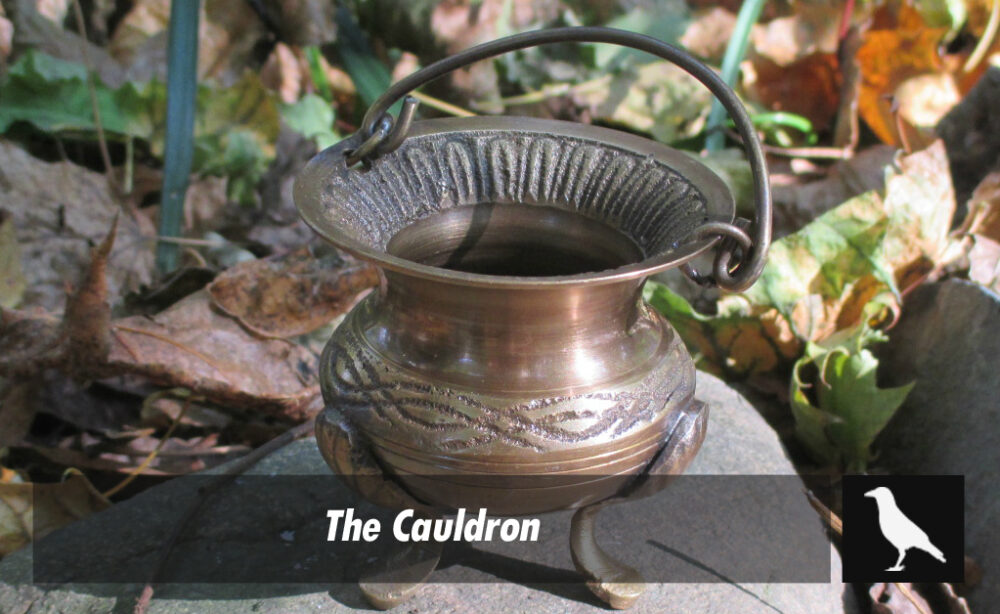
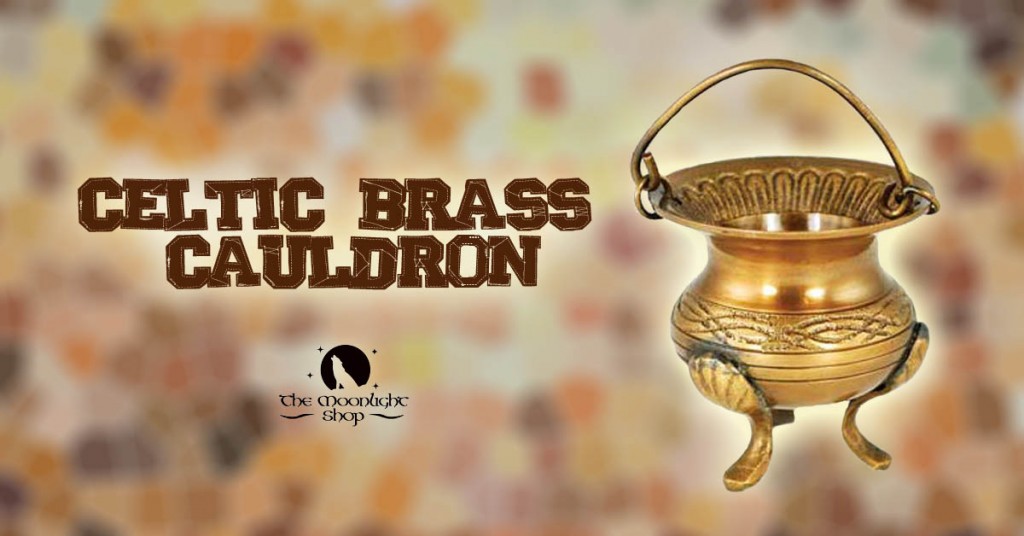
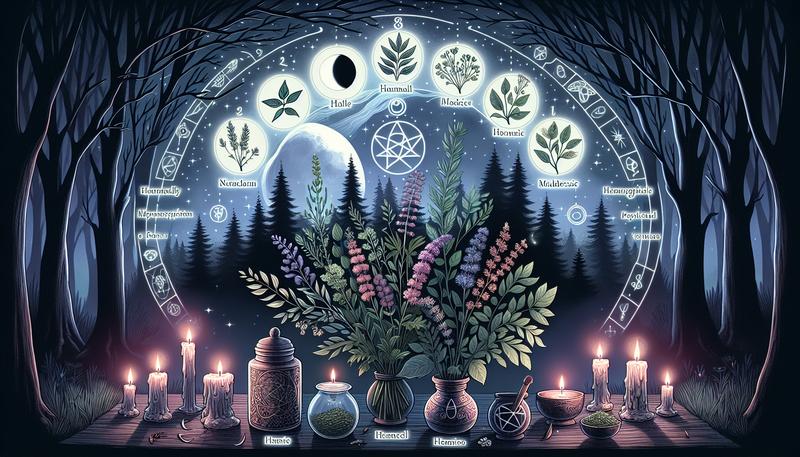
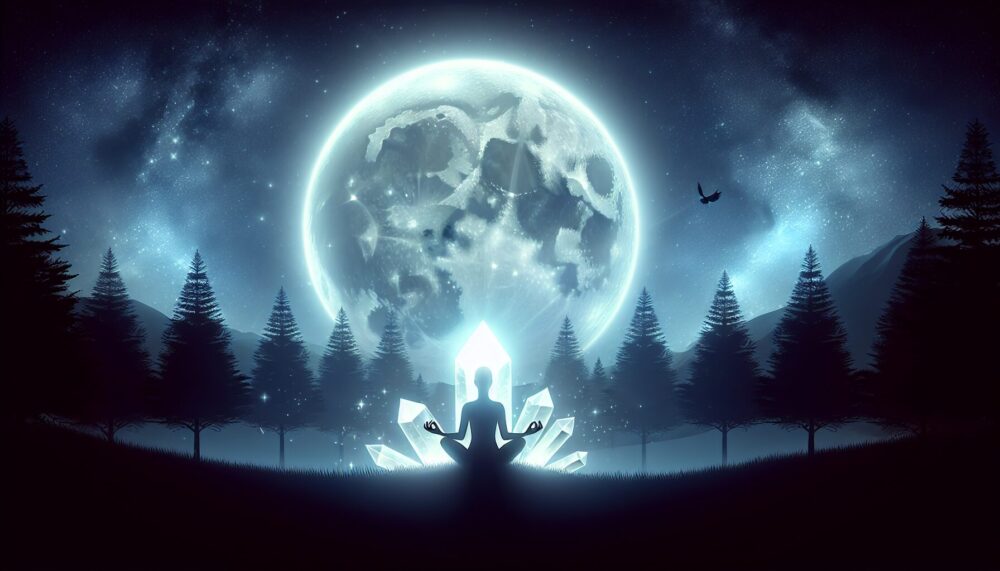
My first “cauldron” was a cauldron-shaped tri-footed decorative copper pot of my grandmothers. It made me think of her every time I saw it. Although it was metal, it couldn’t take the heat of open flame (candles were fine), and in burning a paper wish it got so hot the legs popped off! I still used it for a while, but only outside in the dirt, and it’s now been replaced with cast iron. I like finding unique things to use – I have a lovely old-fashioned perfume bottle, the kind with the round belly and wide foot and top, whose top is broken – but it makes the lovliest place to burn cone incense! I have found beautiful little votive holders make the best stands for crystal balls. I love when things call to me to be useful again.